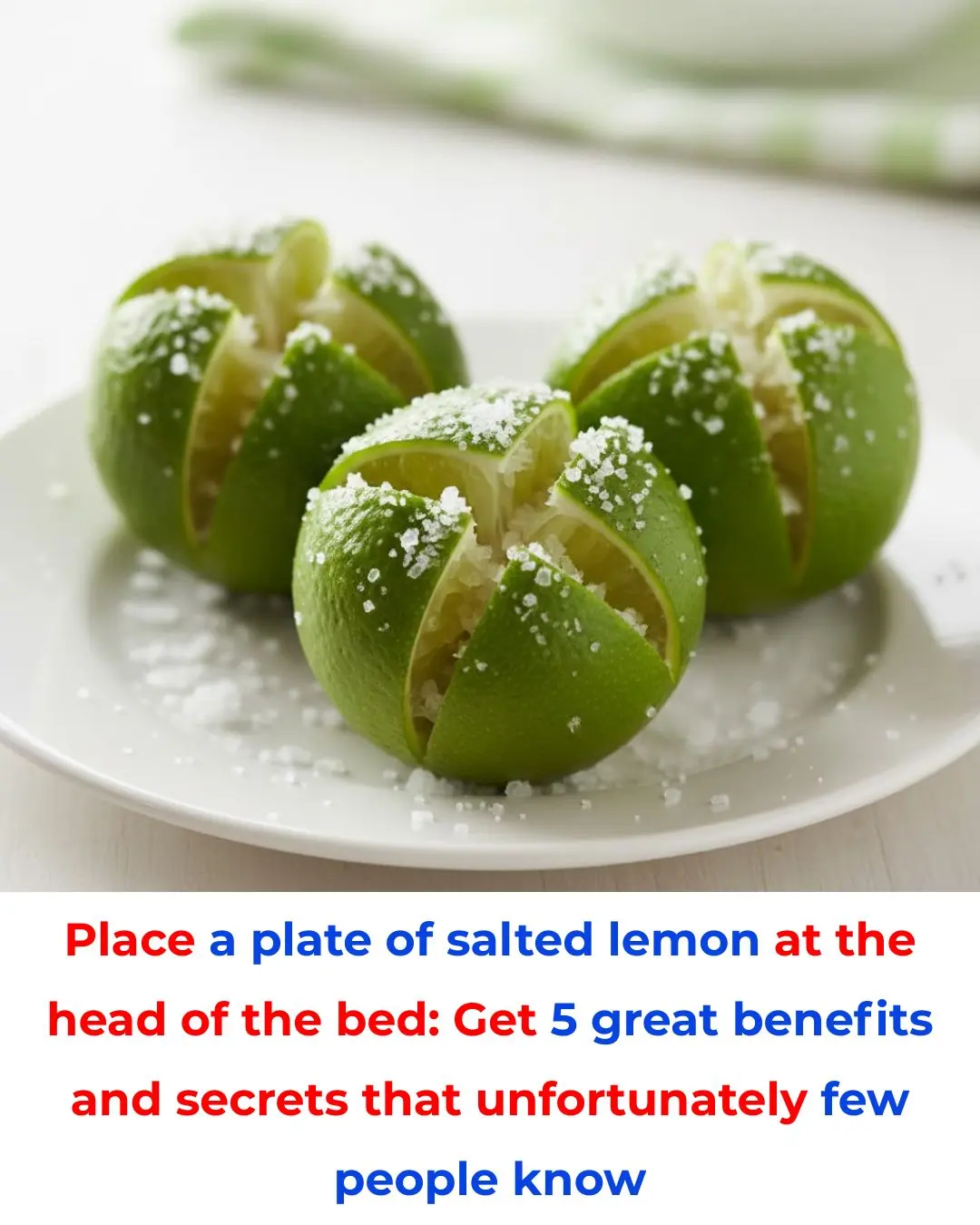
There are 4 plants in the garden that snakes are crazy about. If you want the whole family to be safe, you have to remove them immediately.

🌿 Plants That Attract Snakes – Remove Them Immediately!
Many homeowners love to decorate their gardens with fragrant or visually pleasing plants, but few realize that some of these species can unintentionally attract snakes. Certain flowers release strong scents or provide shelter for small creatures, making them ideal hunting grounds for snakes. Here are several types of plants you should be cautious about—and some that can actually help repel snakes from your home.
1. Night-blooming Jasmine and Epiphyllum (Queen of the Night)
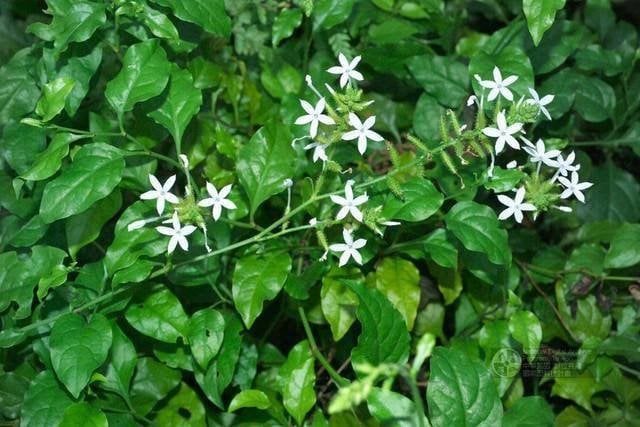
Some people believe that the sweet fragrance of these plants draws snakes directly, especially at night when their aroma is strongest. In reality, it’s not the scent that snakes find appealing—it’s the insects and small animals, such as frogs and mice, that are lured in by the fragrance. These creatures, in turn, become easy prey for snakes that hide among the dense leaves and roots of these plants.
If you love growing night-blooming jasmine or epiphyllum, keep them pruned and avoid letting the foliage grow thick near the ground. By keeping the area open and clean, you’ll reduce potential hiding spots for snakes.
2. Plumbago (White Leadwort)
The name “Plumbago” might sound harmless, and the plant’s delicate white blossoms look beautiful and innocent. However, its scent is surprisingly attractive to snakes. Since this flower blooms throughout the year—most heavily in May and June—its fragrance often carries far and wide. Once a snake detects the faint aroma, it might slither closer in search of insects or prey nearby.
For this reason, it’s best to avoid planting Plumbago close to your home or pathways. If you already have it, consider removing or relocating it to an area farther from your living space.
3. White Flowering Snake Tongue Herb (Oldenlandia or Hedyotis diffusa)
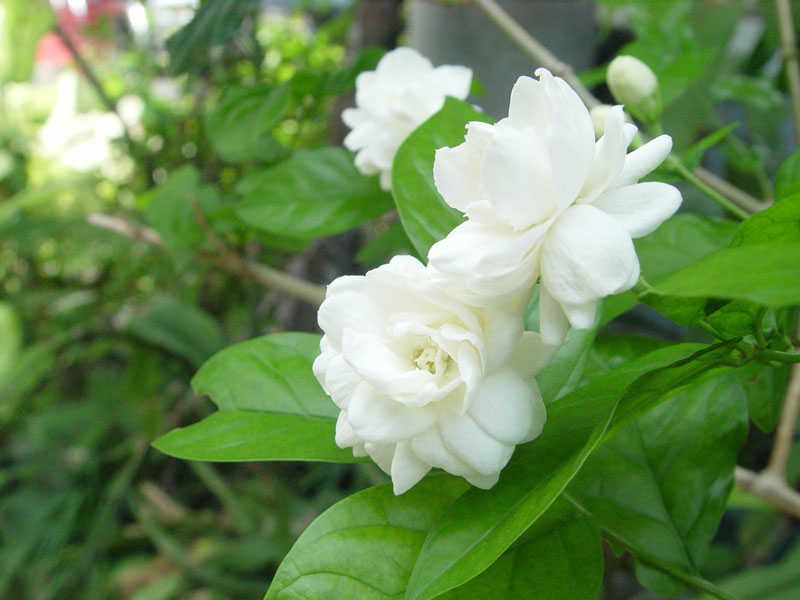
Despite the similar name, this plant is not the same as the previous Plumbago. Known in some cultures as the “white snake tongue herb,” this plant thrives in damp, shady environments—places snakes also prefer. When it blooms, its small white flowers appear in clusters, creating a striking yet risky sight.
According to traditional beliefs, where this plant grows, snakes are often nearby. Even though it may look charming, it’s best not to cultivate it around your home to avoid attracting unwanted reptiles.
4. Jasmine
Jasmine is a beloved plant known for its snow-white blossoms and intoxicating scent. Many people keep it in their gardens or even indoors as a decorative plant. However, its strong fragrance can also attract snakes, which are naturally drawn to the scent and the small creatures that hover around it.
While jasmine adds beauty and elegance to your surroundings, it’s better to grow it in a well-lit, open area—away from dense shrubs or shaded corners where snakes might hide.
🐍 Plants That Repel Snakes
Fortunately, not all plants attract snakes—some actually help keep them away. These species either have strong scents snakes dislike or physical features that discourage them from coming close.
1. Snake Plant (Sansevieria trifasciata)
Also called Tiger’s Tail or Mother-in-Law’s Tongue, this hardy plant is one of the best natural snake repellents. Its tall, upright leaves are sharp-edged, which snakes instinctively avoid. In addition, the plant can survive in low light and dry conditions, making it perfect for both indoor and outdoor use. It also purifies the air—so it’s a win-win for your home environment.
2. Holly (Ilex aquifolium)
Similar to the snake plant, holly leaves are covered in stiff, pointed edges. These sharp tips make it uncomfortable for snakes to crawl over or hide beneath. According to Florida veterinarian Dr. Georgina Ushi Phillips, snakes prefer smooth surfaces, so rough or spiny plants like holly naturally deter them.
3. Chrysanthemums
Not only do chrysanthemums beautify your garden with their bright, cheerful colors, but they also serve as a natural repellent for snakes and insects alike. These flowers contain a natural chemical called pyrethrum, which is toxic to many pests—including snakes. Pyrethrum is even used in commercial insect repellents.
4. Mugwort (Artemisia vulgaris)
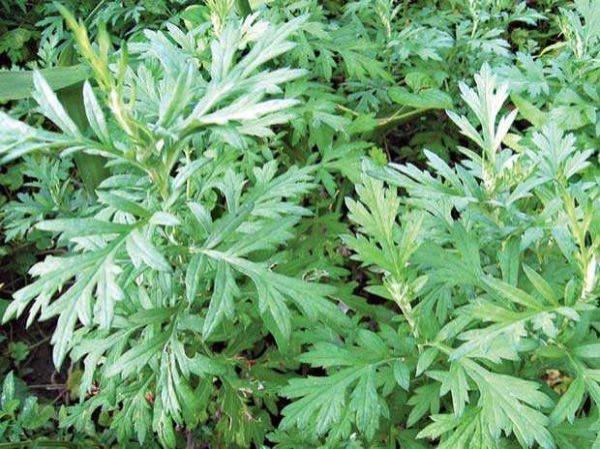
According to Granger McCollough, Executive Director of Elite Patio Direct, snakes cannot tolerate the strong, pungent scent of mugwort. This large, leafy plant emits an aroma that irritates reptiles, making it an excellent barrier plant for your garden’s perimeter.
5. Basil (Ocimum basilicum)
While many people adore the scent of basil and use it to flavor dishes, snakes feel the opposite. They find its aroma overwhelming and unpleasant. Planting basil near entrances, patios, or garden beds can help discourage snakes from entering.
6. Lemongrass (Cymbopogon citratus)
Another highly effective plant, lemongrass gives off a citrusy scent that snakes and insects detest. Its essential oils are commonly used in natural repellents and insect sprays. Keeping a few clumps of lemongrass around your home not only repels snakes but also keeps mosquitoes and other pests away.
🧹 Final Tips for Keeping Snakes Away
Even though some plants can naturally repel snakes, the most important prevention method is maintaining a clean, tidy environment. Regularly trim bushes, remove piles of leaves or debris, and keep your yard free of standing water and tall grass. Snakes are drawn to dark, cluttered, and damp places, so eliminating those hiding spots will drastically reduce their presence.
If you notice snakes frequently near your home, contact a wildlife control specialist for professional assistance. Prevention and cleanliness are always safer—and more effective—than reaction.
News in the same category


Add this to the water. Even when you don’t clean the floor in a week

💖 My Nana Knew What She Was Doing — Time-Honored Skincare Wisdom (And What Really Works Today)
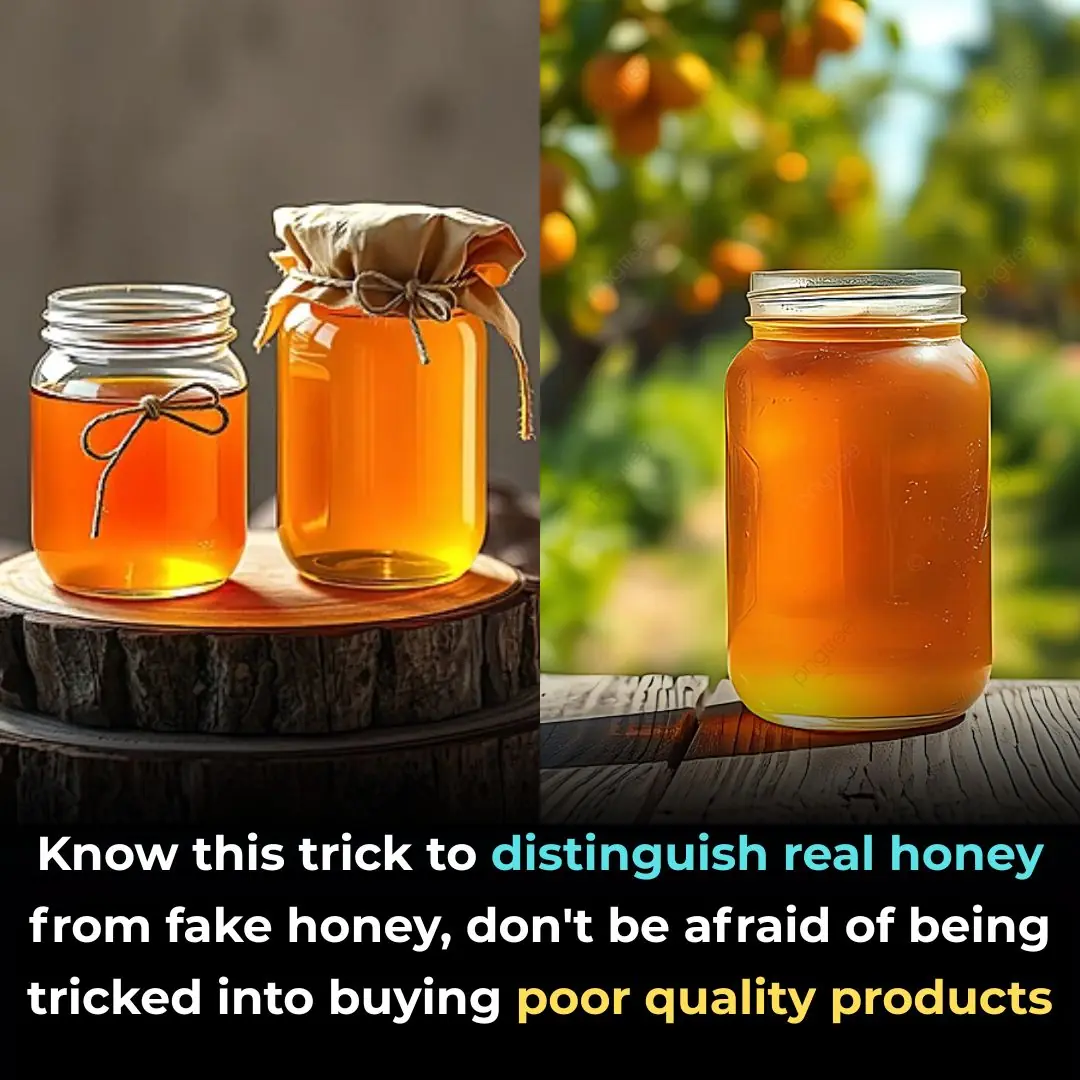
Know this trick to distinguish real honey from fake honey, don't be afraid of being tricked into buying poor quality products

Add a few slices of fresh lemon to the pot of boiled eggs: Get great benefits, many people do not know

Extraordinary Visual Skills If You Can Spot The Cat

What does this gesture signify?
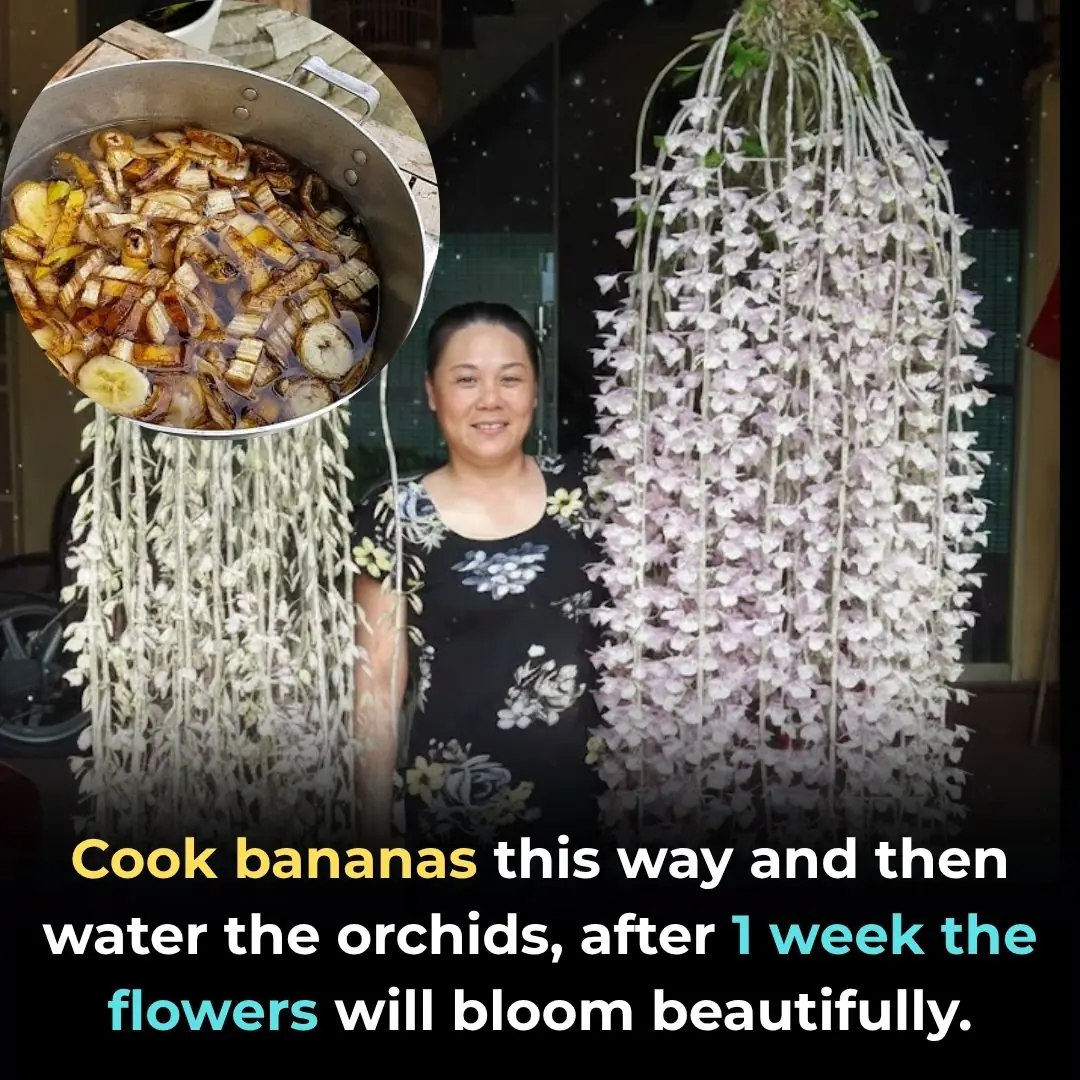
Cook bananas this way and then water the orchids, after 1 week the flowers will bloom beautifully.

What is this type of clamp used for?
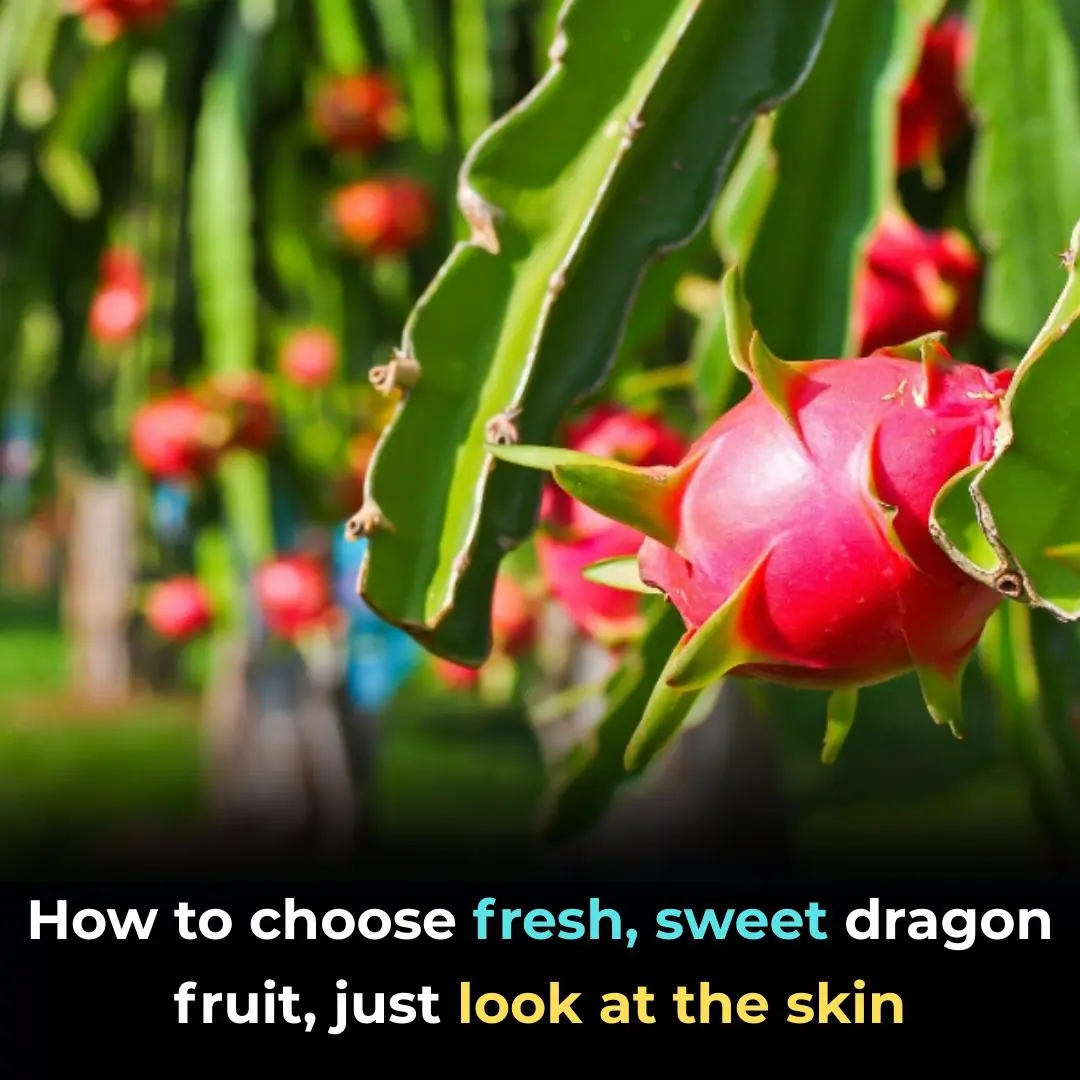
How to choose fresh, sweet dragon fruit, just look at the skin

Boil pig stomach with this, every piece will be white, fragrant, and crispy.

How to make grilled beef with betel leaves, delicious, attractive, irresistible

Throwing away coffee grounds is like throwing away money. Uses of coffee grounds that every home needs.

Why do dogs often secretly run away from their owners when they sense they are about to die? The truth is very heartbreaking...

8 Foods That Spoil Overnight and Easily Cause Acute Poisoning, Even When Stored in the Refrigerator

If You’re Not Using Castor Oil You’re Missing Out

Throwing away moisture-absorbing packets is like tossing a 'treasure' into the trash—keep them because every household needs them

A Family of Four Diagnosed with Cancer Due to a Common Kitchen Mistake Made in Every Household

🍎 Apple Cider Vinegar Foot Soak: Benefits, Risks & What Science Says
News Post

Rafael Nadal’s Greatest Match: Fighting for Forgotten Dogs

The Officer, the Boy, and the Box of Pokémon Cards.

Grandma’s “Stray Cat” Turns Out to Be a Cougar.

The Walmart Employee Who Became a Hero to a Struggling Mom

Two Wounds, One Journey: The Woman and Dog Who Taught Each Other Grace

A Prom Filled With Love: Young Man’s Selfless Gesture Becomes Unforgettable

A Brother’s Sacrifice: How MJ Became a Hero in a Split Second

K-9 Apollo: A Hero’s Fight for Life and the Community That Saved Him

“One Last Climb: A Man, His Dog, and a Wheelbarrow Full of Love”

The Stranger Who Stopped: How One Man’s Kindness Saved a Puppy’s Life

Why You Should Avoid Leaving a Glass of Water Near Your Bed

Reason Why You Should Always Shower At Night

Place a plate of salted lemon at the head of the bed: Get 5 great benefits and secrets that unfortunately few people know

Add this to the water. Even when you don’t clean the floor in a week

💖 My Nana Knew What She Was Doing — Time-Honored Skincare Wisdom (And What Really Works Today)

Know this trick to distinguish real honey from fake honey, don't be afraid of being tricked into buying poor quality products

Add a few slices of fresh lemon to the pot of boiled eggs: Get great benefits, many people do not know

Extraordinary Visual Skills If You Can Spot The Cat

What does this gesture signify?
